For over 12 years now we have been training community pharmacists in their vaccination skills, as part of the courses we also cover CPR & anaphylaxis. We meet these same healthcare professionals every year and review when they may have used their skills, especially in managing an emergency.
Most experiences do not come out of a vaccination clinic, more from either someone walking into the pharmacy because they feel unwell, or a nearby rescuer calling into the pharmacy for medical assistance. With more and more services now being introduced into pharmacies, and the increased direction to the public to first seek help from their local pharmacy first, pharmacists could see themselves more in the spotlight of managing emergency situations, such as cardiac arrest.
Each year the UK ambulance services respond to approximately 60,000 cases of suspected cardiac arrest. Many people still feel scared or inadequate in performing CPR if they encounter someone who has collapsed in the community. Over recent years we have seen the introduction of new guidelines from The Resuscitation Council, which recommends ‘compression-only CPR’ for those who are untrained, or maybe unwilling, to perform rescue breaths. This will hopefully increase the chance of by-stander CPR. This in turn has a huge impact on the possible chance of survival, with immediate bystander CPR doubling or quadrupling the chance of survival from a out-of-hospital cardiac arrest.
If a patient in cardiac arrest is defibrillated within 3-5 minutes of their collapse their survival rate could be as high as 50-70%. It is well known that each minute of delay to defibrillation the probably chance of survival to hospital discharge reduces by 10% (per minute). For a patient suffering cardiac arrest in the community, waiting for the ambulance to arrive with a defibrillator can rapidly reduce their chance of survival.
In recent years you will have seen more and more public access defibrillators around the community, often in train stations, shopping centres, airports (generally where there is a large foot fall). Many communities are now investing in buying one, especially in more rural areas where maybe the time for an ambulance to arrive could be longer. Although training in how to use an AED is not essential, as the instructions are so simple to follow, we often find that people need the reassurance through a training / familiarisation session to fully understand quite how simple they are.
Many public access defibrillators are now stored in outside cabinets, which worries some with the thought of theft or vandalism, however, more lives will be saved if they are accessible 24/7. Owners of AEDs need to register them with their local ambulance service. The cabinets are locked with a code (which the ambulance service need to know). This means that at any time, if someone calls an ambulance with a patient collapsed, the rescuer will be advised at this time on how to access the AED from the nearby cabinet.
Ongoing maintenance of the AED is minimal, the pads will have an expiry date when they will need to be changed if not used, the machine itself runs a self check every 24hrs and will flash to alert you that it needs attention. Batteries can last between 2 – 7 years, you will be advised when you purchase one so you have an idea.
We can support you by covering your AED training in combination with your future vaccination training when you book with us. There are many manufacturers of AEDs, we are happy to help if you’d like a quote or guidance on what you need.
The Resuscitation Council (UK) and British Heart Foundation have produced information endorsed by the National Ambulance Service Medical Directors Group about AEDs and how they can be deployed in the community – https://www.resus.org.uk/publications/a-guide-to-aeds
Written by Alan Williams, Monday 9th July 2018













